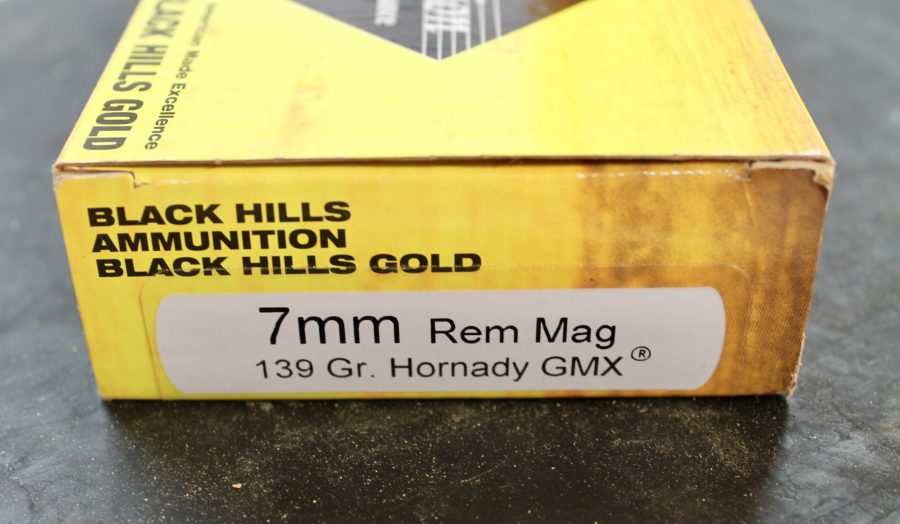
As part of my quest to build a hard hitting, long range, all day carrying rifle for an elk hunt that may or may not happen, I’ve been testing out some factory loaded ammo in the hopes that maybe, just maybe I don’t have to turn to the press to get what I need. To help me along, Black Hills was kind enough to send over a couple boxes of their 139 gr. Hornady GMX topped load for testing.
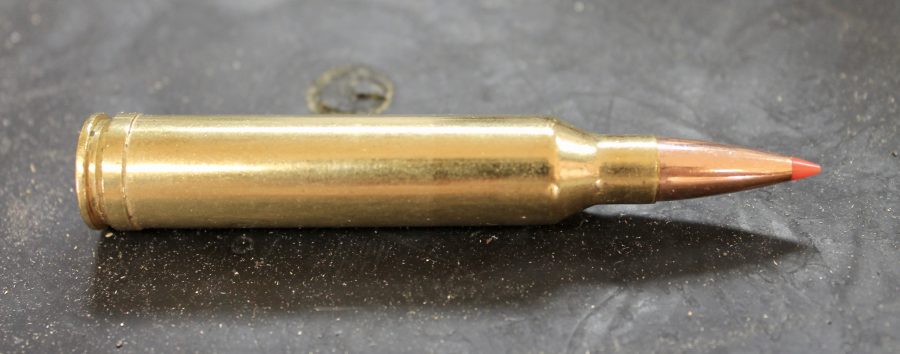
Like my review of the 162 gr. A-Max load they sent over for testing, I put Black Hills’ ammo through a similar series of measurements and tests, albeit reduced by half in every single way since they only sent me half the number boxes of the good stuff – not surprising given that it retails for about $2.30 a round.
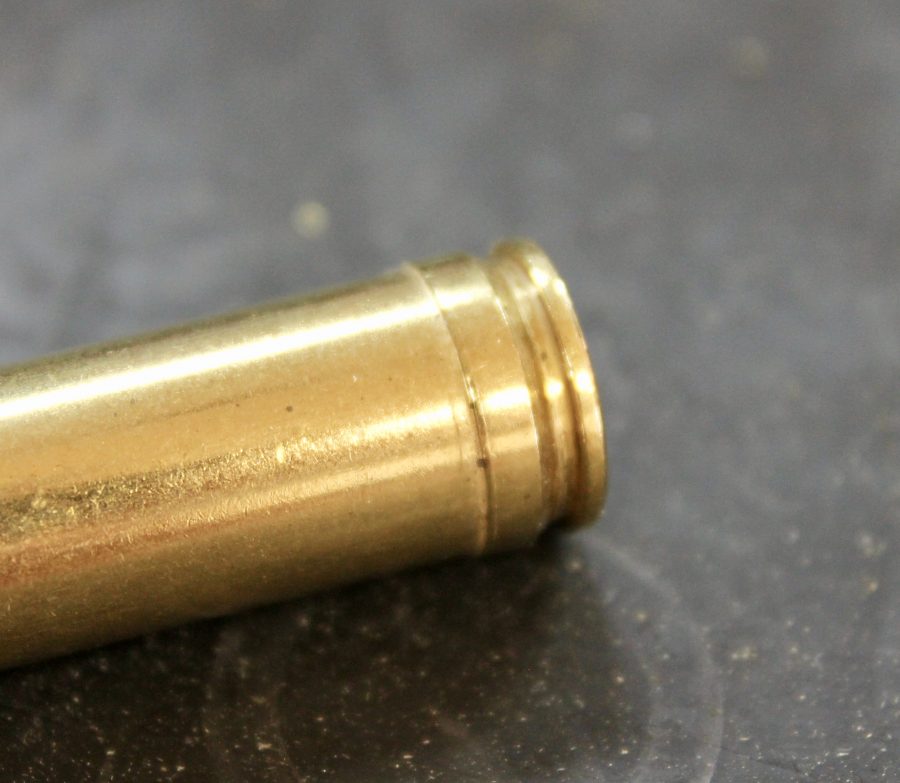
Like the other big yellow box, all of this ammo was free of defects, imperfections, and flaws. Every round lit off perfectly and there were no signs of excessive pressure in my rifle, a 28″ Proof Research barreled Savage.
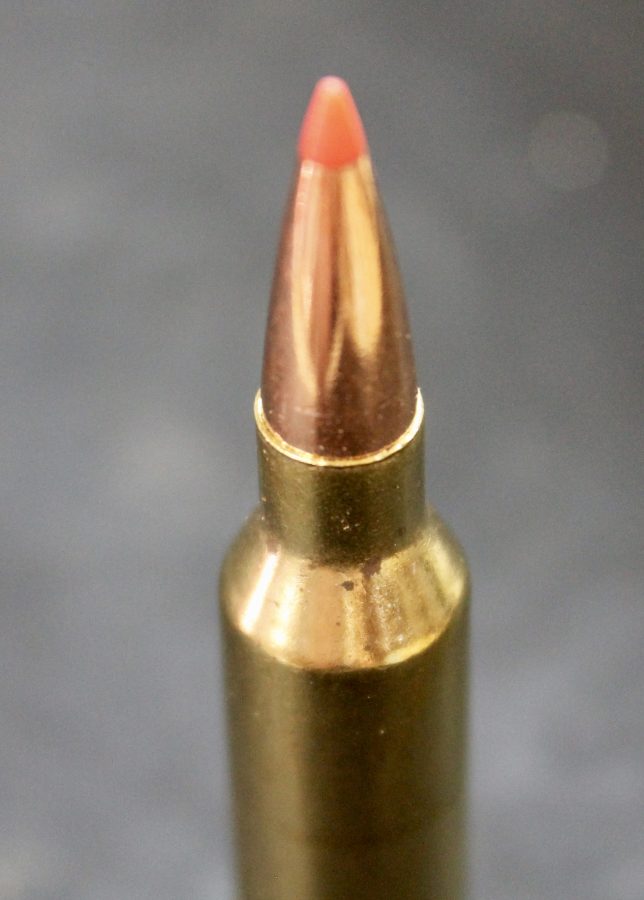
During my extended remote testing session, I took the opportunity to chronograph ten rounds of the GMX load using a MagnetoSpeed v3. Black Hills lists the muzzle velocity at an eye watering 3100 fps on their website, but my average velocity exceeded it by a bit, right at 3161 fps. SD was a very impressive 19.0 placing it a touch on the high side for what I’d hold myself to for hand loading, but quite acceptable for a factory load.
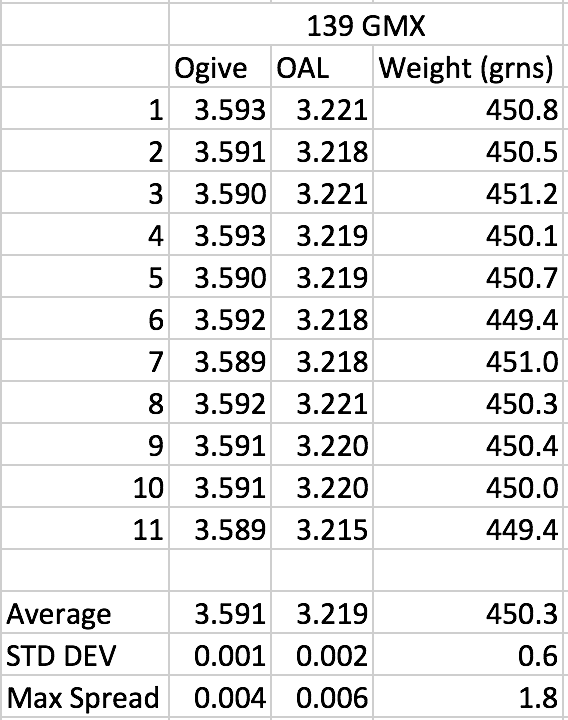
In the shop, I opened my last box to find that a squirrel had eaten nine of the rounds I expected to find there. Of the eleven loaded rounds that managed to escape, I measured base to ogive, base to tip, and total weight as a means of seeing how tightly Black Hills holds their tolerances. If you’ll remember, the 162 A-Max load had a max spread of .002 inches across twenty rounds. These eleven fared a bit worse, showing .004 inches of max spread. I’d probably check my press if I saw that sort of inconsistency on a regular basis, but for most of the factory loaded ammo I come across, I’d consider it good enough.
Overall length was just a touch sloppier on these rounds as well, varying by .006 inches across all eleven rounds. In fact, the only area where they surpassed the other Black Hills box I had on hand was in total measured weight. Across all eleven cartridges, I only saw a difference of 1.8 grains between them.
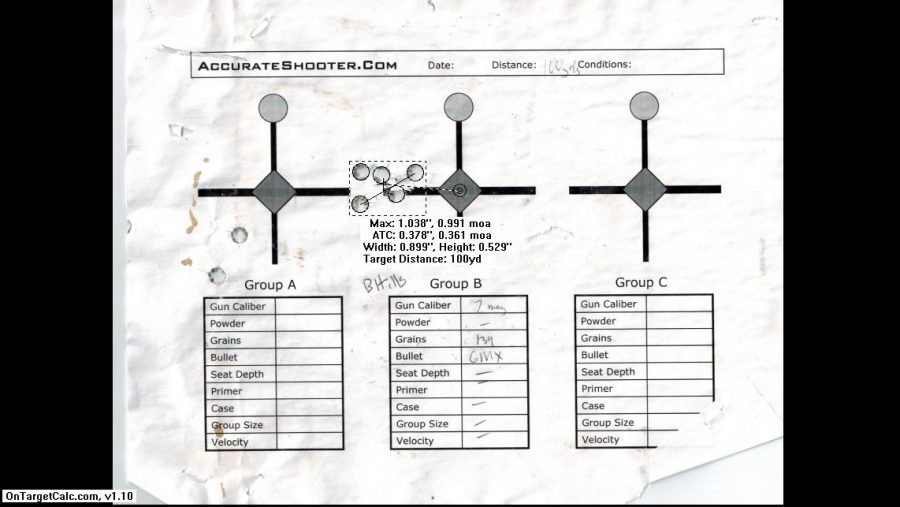
None of that really seemed to matter on the hundred yard line, as my rifle pretty consistently put up five shot groups just under or just over the 1 MOA threshold. That’s about what I target for a hunting rifle, though I will very likely chase a bit more accuracy out of my hand loads for this rifle. 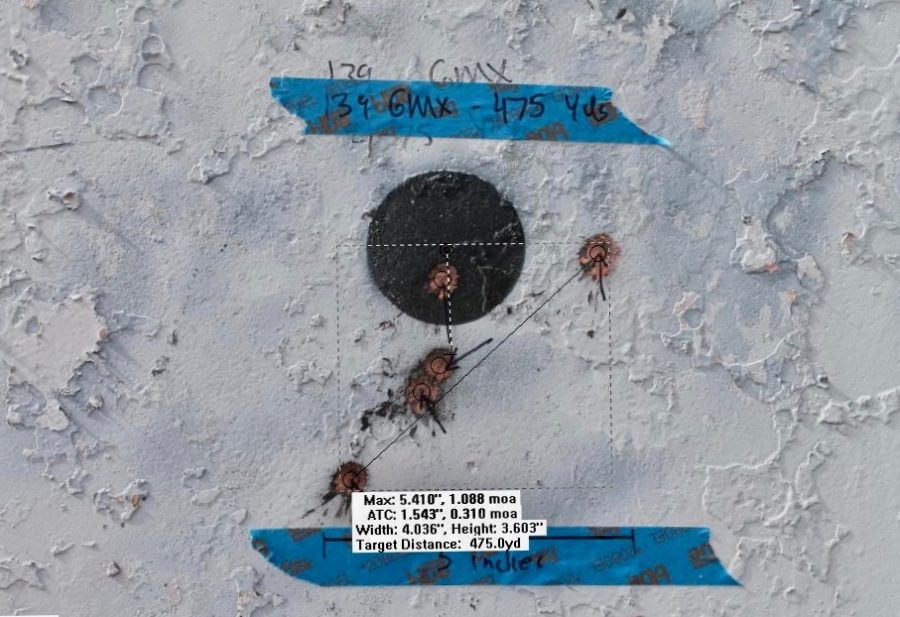
Stretching things out to the 475 yard line on the same calm morning that yielded a 1.5 MOA ten shot group out of the A-Max, I shot a “just barely over” 1 MOA group. I imagine it would have opened up a touch had I put five more rounds into the target, but ultimately, I was satisfied with the results.
Most impressive was that this load only requires 1.6 mils of elevation to get out to that point, where the 162 A-Max needs 2.1 mils. That’s not quite “point blank” out to a quarter mile, but at least at my elevation, it’s damn close. Take it someplace a bit higher, and this load is pretty much “hold dead center and squeeze” out to 300 yards or so. Face melting velocity sure is cool that way.
Speaking of velocity, Hornady says the GMX is good to go for reliable expansion from 2000 fps up to 3400 fps or so. My ballistic calculator says that the lower threshold of 2000 fps is right around 650 yards at the time of this writing, a cool evening at a fairly low altitude in Austin, Texas.
Were you to use this for hunting game, you would need to chronograph your loads and establish a “no go” range beyond which it would be unethical to shoot an animal based on the reliability of the bullet to expand as designed. In this case, 650 yards is well beyond what I can reliably make an accurate wind call, even on my best day. Shorter barrels than Palma length one I’m testing now would definitely bring that range down a bit.
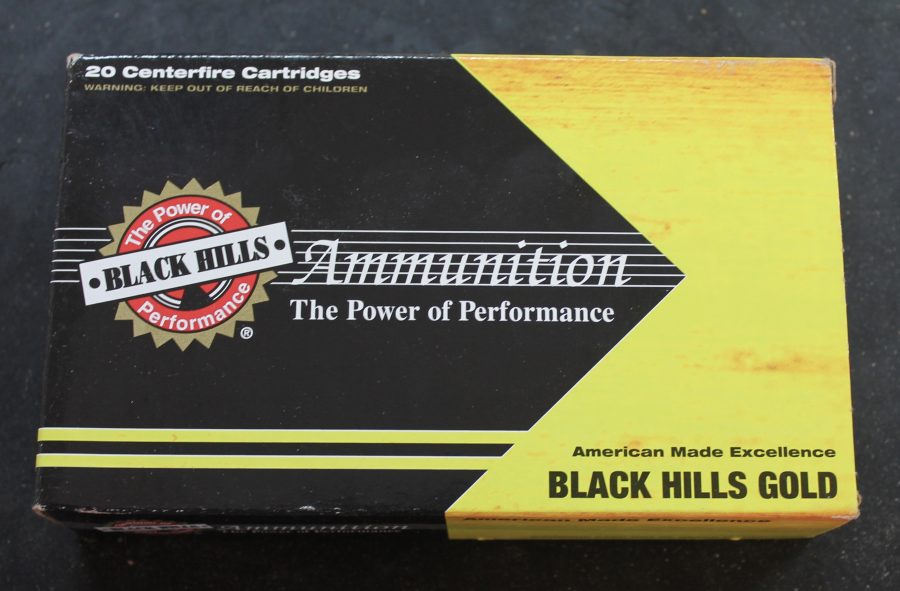
Specifications: Black Hills 7mm Remington Magnum – 139 gr. GMX
Brass: Black Hills
Projectile: Hornady 139 gr. GMX
Rated Velocity: 3100 fps
Measured Velocity (28″ barrel): 3161 fps
Price: $2.30/round
Ratings (out of five stars):
Fit, Finish, Quality * * * * *
Every round is inspected by hand before leaving the factory and the effort shows. All of the brass is shiny and clean with no discernible defects or flaws. Every round I’ve fired has lit off consistently with no squibs or weird fliers. Base to ogive measurements were on the high side of what I would find acceptable using an RCBS single stage press in my shop, but I found that this load still shot well, and even did better than the A-Max load that showed less variation in the same measurement. Go figure.
Accuracy * * * *
You kind of, sort of, hope for 3/4 MOA or better out of a load this expensive, but then you realize that the component cost between brass ($1.25), bullet ($0.70), and powder ($0.20) means that rolling your own at home costs about the same until you start getting a couple firings out of the brass. Given that, borderline 1 MOA accuracy for five shots from 100 yards out to 475 in a magnum is pretty good, and I would definitely consider it adequate for the hunting requirements the GMX is designed to meet.
Overall * * * *
I had hoped for better accuracy, but 1 MOA is still 1 MOA, and I found that it stayed under an inch at 100 yards when I did my part. The SD values were on par with what I’d expect out of my Monday morning and Friday afternoon hand loads and the overall fit and finish definitely justifies the price. Were I to be booked on a last minute elk hunt tomorrow, I wouldn’t hesitate to pick up a couple boxes of this to use as my go to load for the trip.




I know a couple of elk hunters. They shoot bolt action rifles chambered for the venerable .30-06.
Comments are closed.